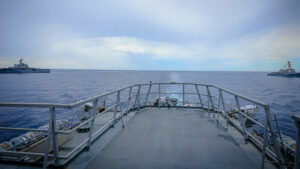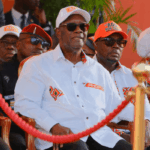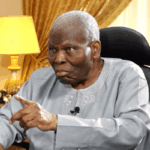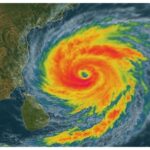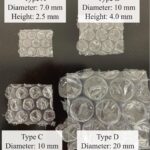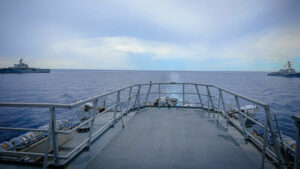
The Philippines is considering wider adoption of unmanned systems and drones in its armed forces, a senior Defense Department official said on Monday, as tensions with China continue in the South China Sea.
Defense Assistant Secretary August V. Gaite said drones are vital to strengthening Manila's ability to counter threats to its sovereignty, calling them “valuable tools” with wide-ranging military applications, including surveillance, logistics and maritime awareness.
“Drone technologies enhance our ability to sense, see, design and act with greater precision and speed,” the Defense Department's top official on technology research said in a keynote address at the Philippine Navy summit.
Remotely piloted drones have become the backbone of modern warfare due to their long-range reach and low cost compared to other advanced weapons such as missiles and fighter jets, and they have seen heavy combat use since Russia's invasion of Ukraine in 2022.
“The rapid development of drone systems, whether in the air, on the ground, at sea or beneath the waves, has fundamentally changed the way nations prepare for and respond to threats,” Mr Gaete said.
He said that while the Philippines needs its armed forces to have a presence in multiple domains to maintain its sovereignty, drones provide a way to help bridge critical security gaps.
Philippine troops trained with the U.S. anti-ship Navy-Marine Expeditionary Ship Interdiction System (NMESIS) and unmanned weapon systems, including maritime drones, during a month-long joint exercise with U.S. forces that began in April.
Unmanned systems are one of the “most promising areas” for the domestic defense industry to flourish, Mr. Gette said, noting that local engineers are already developing prototypes for military use.
He said, “The responsible development and integration of unmanned systems is no longer an option; it is essential.” “The challenge now is to scale these innovations to bridge the gap between prototype and production in concept and capability.”
Also on Monday, the Armed Forces of the Philippines (AFP) activated a command to enhance coordination with partner countries, including joint exercises and defense activities.
Army Chief of Staff Gen. Romeo S. Browder, Jr. said the strategic command is a “major step” toward strengthening the armed forces' defense posture and “joint force capability.”
“This is not merely the activation of a new command; it is the birth of a strategic vision,” he said in a separate statement.
The AFP said the strategic command “will serve as a strategic hub where intelligence, operations and civil-military functions will enable rapid decision-making and enhanced interoperability.”
“It will oversee and coordinate joint exercises and engagements with allies and partners,” it added.
Competing claims between the Philippines and China in the South China Sea have led to repeated confrontations, including repeated use of water cannon and maneuvers by Chinese vessels against Philippine vessels.
The waterway has become a regional flashpoint as Beijing claims sovereignty over almost the entire waterway, defying a 2016 ruling by the Permanent Court of Arbitration in The Hague that had struck down its broader claims.
President Ferdinand R. Security cooperation with allies has been boosted under Marcos Jr., who has taken a tougher stance against Beijing's sweeping maritime claims than his predecessor.
The Philippines has become increasingly dependent on multinational cooperation to enhance its maritime capabilities and promote interoperability with its allies in tension-filled waters. , Kenneth Christian L. basilio
